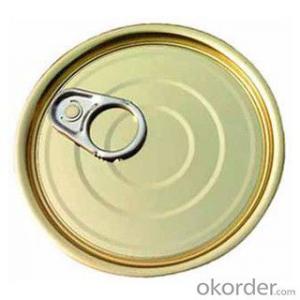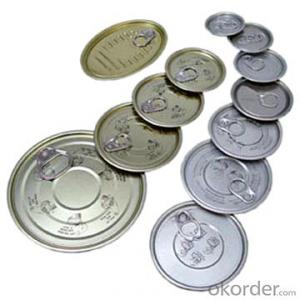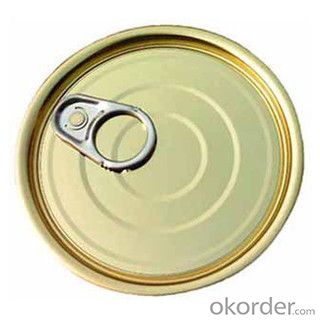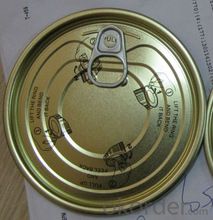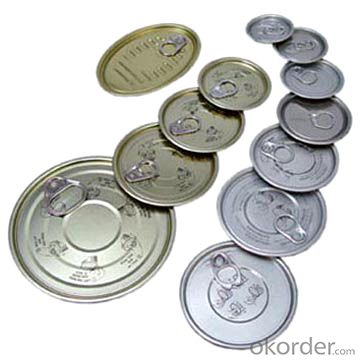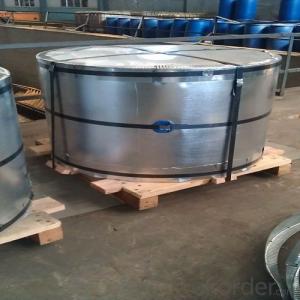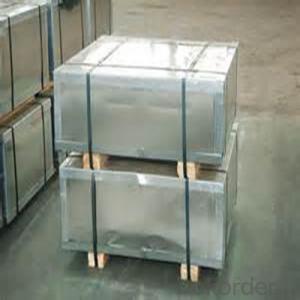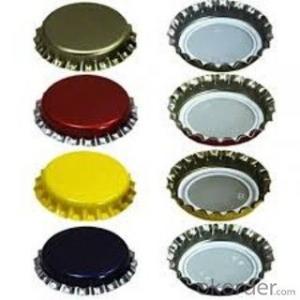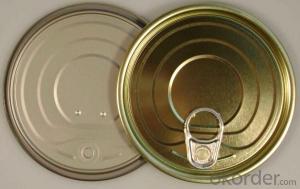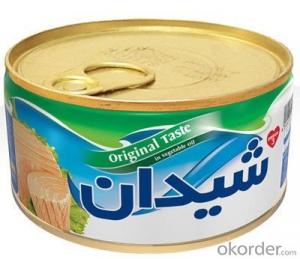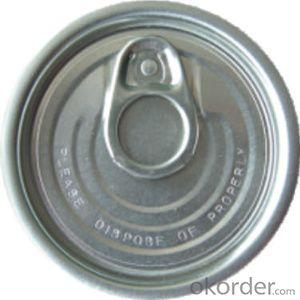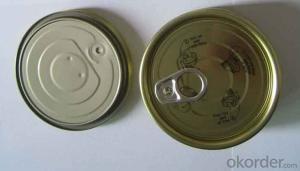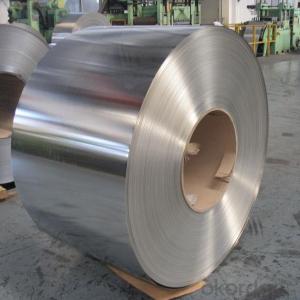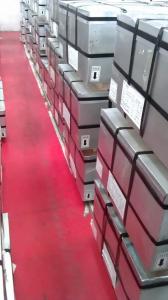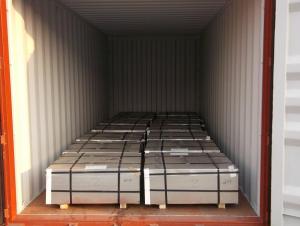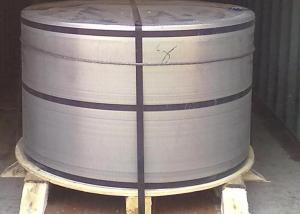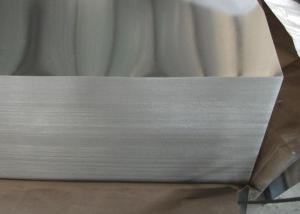Aluminum Material Easy Open End, 200# Size, Hot Sale
- Loading Port:
- China main port
- Payment Terms:
- TT OR LC
- Min Order Qty:
- 300000 PCS
- Supply Capability:
- 10000000 PCS/month
OKorder Service Pledge
OKorder Financial Service
You Might Also Like
Specifications
beverage can
1.Size:dia50mm
2.Partial pouring
3.Aluminum
4.OEm & ODM
Name | Beverage can |
Item No. | 200 # |
Shape/type | Round |
Size(mm) | Dia 50 |
Coating | Clear inside & outside |
Material | Aluminum |
Pcs/20 GP’ | 3,710,000 Customize packing: as clients’ requests. |
Features | 1.Used for packaging of beverage,such as juice,soda,energy drink,beer,etc. 2.Coating can be according to customer required.
|
Our packing
We could offer package as customers require, by carton or by wooden pallet.
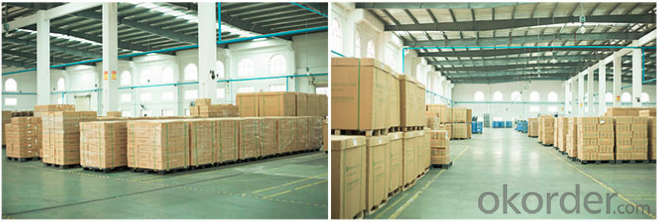
Our Workshop
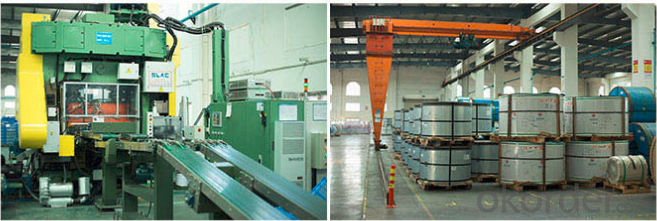
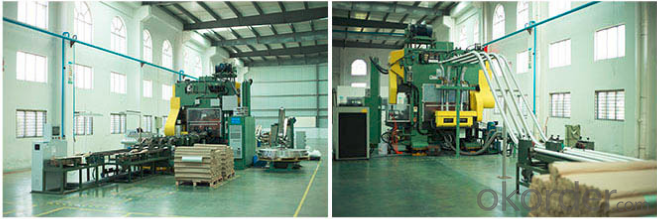
FAQ
1.Q: What is the material of EOE?
We can offer both tinplate and aluminum material made EOE;
2.Q:Could you offer samples for our testing?
YES, we could offer sampler for free if needed;
3. Q:Can you make new mold with customized size I need?
YES, We can make mold for you if reach some qty.
4. Q: Which country your EOE has been exported to?
We have exported to more than 30 countries, such as UAE, Oman, Kuwait, Pakistan etc.
- Q: What are the different ways to store tinplate containers?
- There are various ways to store tinplate containers, including stacking them on shelves or in cabinets, using storage bins or containers, hanging them on hooks or pegboards, or placing them in specially designed storage racks or trolleys.
- Q: How is tinplate coated?
- Tinplate is coated through a process called electroplating, where a thin layer of tin is applied onto the surface of steel or iron. This is done by immersing the metal into an electrolyte solution along with a tin anode and passing an electric current through the setup. The electric current causes tin ions to be attracted to the metal surface, forming a protective coating of tin on both sides of the tinplate.
- Q: Can tinplate be used for packaging of hazardous materials?
- Yes, tinplate can be used for packaging of hazardous materials. Tinplate is a durable and corrosion-resistant material that provides an effective barrier against external factors. It is commonly used for packaging hazardous substances such as chemicals, paints, and aerosols, as it ensures the safety and containment of these materials while preventing any leakage or contamination.
- Q: How does tinplate affect the recyclability of mixed-material packaging?
- Tinplate can have a positive impact on the recyclability of mixed-material packaging. Tinplate is highly recyclable and can be easily separated from other materials during the recycling process. This allows for efficient recycling of tinplate components in mixed-material packaging, contributing to overall sustainability efforts.
- Q: What are the hygiene benefits of tinplate packaging?
- Tinplate packaging offers several hygiene benefits due to its properties. Firstly, tinplate is non-toxic and does not react with food or beverages, ensuring that the contents remain safe and unaffected. Secondly, the airtight and hermetic seal provided by tinplate packaging prevents the entry of bacteria, moisture, and other contaminants, thus preserving the quality and freshness of the product. Additionally, tinplate's resistance to corrosion and rusting minimizes the risk of contamination from external factors, enhancing the overall hygiene and safety of the packaged goods.
- Q: Advantages and disadvantages of tinplate packaging
- Characteristics and advantages of the 1. materials can tinplate opaque sealed 3. tin 2. good reduction of 4. provides a source of effective iron 5. Recyclable, reuse. In compliance with international environmental requirements, in line with the future trend of the 6. products is strong, good protection, no deformation, shock resistance, fire resistance, resistance to high temperature and high pressure
- Q: How does tinplate contribute to the performance of ammunition?
- Tinplate contributes to the performance of ammunition by providing a durable and corrosion-resistant outer coating. This protective layer ensures that the ammunition remains intact and functional even under harsh environmental conditions, preventing rust and degradation. Additionally, tinplate's smooth surface facilitates easy loading and extraction of ammunition, enhancing reliability and efficiency during use. Overall, tinplate plays a crucial role in preserving the quality and performance of ammunition, ensuring its effectiveness and safety for users.
- Q: Can tinplate be used for aerosol cans?
- Yes, tinplate can be used for aerosol cans. Tinplate is a type of steel coated with a thin layer of tin, which provides excellent corrosion resistance and makes it suitable for packaging products like aerosol cans.
- Q: What is the purpose of tin coating on tinplate?
- The purpose of tin coating on tinplate is to provide a protective barrier against corrosion, as tin is highly resistant to oxidation. Additionally, the tin coating enhances the appearance of the tinplate and allows for easy soldering, making it suitable for various applications such as food packaging and decorative items.
- Q: Can tinplate be used for packaging of non-food products?
- Yes, tinplate can be used for packaging of non-food products. Tinplate is a versatile material that offers several advantages such as durability, corrosion resistance, and recyclability, making it suitable for packaging various non-food items such as cosmetics, electronics, chemicals, and more.
Send your message to us
Aluminum Material Easy Open End, 200# Size, Hot Sale
- Loading Port:
- China main port
- Payment Terms:
- TT OR LC
- Min Order Qty:
- 300000 PCS
- Supply Capability:
- 10000000 PCS/month
OKorder Service Pledge
OKorder Financial Service
Similar products
Hot products
Hot Searches
Related keywords
